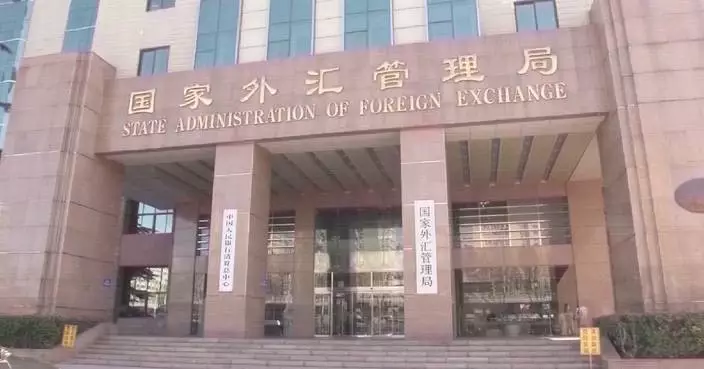The rapid growth of green consumption in China in 2024, driven by the expanded and improved supply of eco-friendly products, is accelerating the shift towards more sustainable production practices and environmentally conscious lifestyles.
China has recently rolled out an expansive trade-in policy across multiple sectors, offering higher subsidies for more energy-efficient products.
For home appliances, consumers can receive a 20 percent subsidy on the purchase price when buying items that meet grade 1 or higher energy or water efficiency standards, which represent the most energy-saving and internationally advanced levels. Products meeting grade 2 standards qualify for a 15 percent subsidy.
In addition, the latest trade-in program offers consumers subsidies of up to 20,000 yuan (about 2,807 U.S. dollars) for purchasing new energy vehicles after scrapping their old cars.
Central China's Hubei Province, which spearheaded the implementation of the new subsidy standard, has seen over 110,000 units of home appliances meeting grade 2 energy efficiency standards sold since August 10, with total sales reaching 635 million yuan (about 90 million U.S. dollars).
"I want to buy a wall-mounted air conditioner that is energy-saving and eco-friendly. With factory discounts, store promotions, and national subsidies, I could save nearly 1,000 yuan (140 U.S. dollars) in total," said a customer surnamed Wang in Hubei.
Meanwhile, the rapid growth in energy-saving product sales is driving upgrades in production.
China's home appliance giant, Haier, is stepping up production of its new energy-efficient refrigerators. Each refrigerator, made with parts from renewable materials, can reduce carbon emissions by about 0.37 tons per year. Thanks to the new trade-in policy, sales orders for these refrigerators have recently increased by 40 percent.
"We will also introduce a new energy-efficient product that uses 50 percent less energy than the grade 1 standard," said Zhang Zhen, a planning director at Haier Group.
From January to July, high-efficiency home appliances saw nearly double-digit growth in China, while sales of green building materials and packaging also saw significant increases. In July, sales of new energy vehicles grew by 36.9 percent year on year, with the market penetration rate surpassing 50 percent, the latest data showed.
"As a new consumption model, green consumption is emerging as a new growth driver. It boosts the supply of eco-friendly products and encourages more energy-saving, low-carbon and sustainable lifestyles across various areas like clothing, food, housing, and transportation, helping to create new economic drivers," said Chen Xi, an associate research fellow at the Academy of Macroeconomic Research affiliated with the National Development and Reform Commission.

Growing green consumption drives China's sustainable transformation









